Choosing the right fruits can make a huge difference in your health and energy levels. While all fruits contain vitamins and nutrients, some pack more benefits than others, and a few should be enjoyed in smaller amounts. Understanding which fruits to embrace and which to limit helps you create a balanced diet that supports your wellness goals.
Blueberries – Nature’s Antioxidant Powerhouse
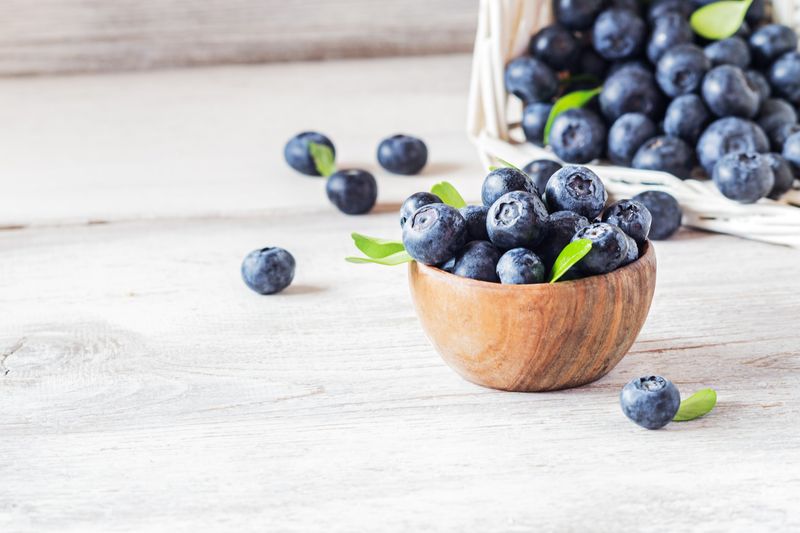
Packed with more antioxidants than almost any other fruit, blueberries fight off harmful chemicals in your body. These tiny blue gems boost brain power and help improve memory, making them perfect for students and adults alike. Fresh or frozen, they taste amazing in smoothies, yogurt, or eaten straight from the container. Your immune system will thank you for choosing this superfruit regularly.
Apples – The Classic Fiber Champion
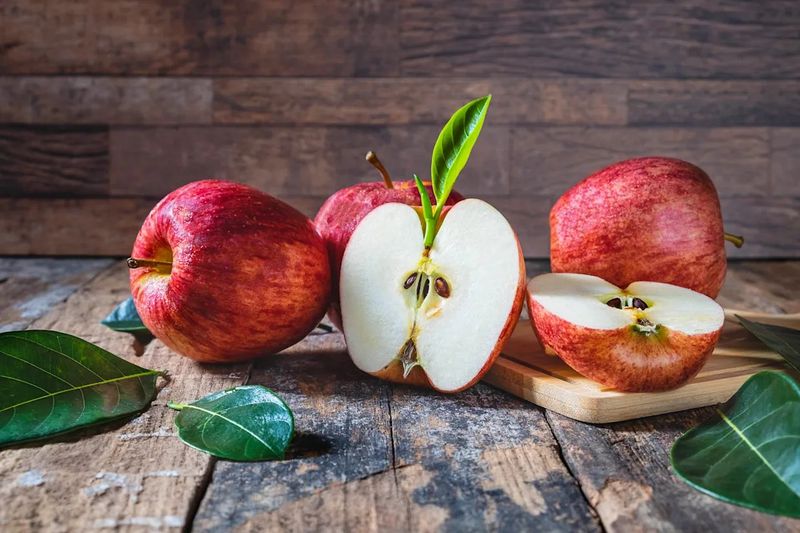
An apple a day really might keep the doctor away, thanks to its impressive fiber content and natural sugars that provide steady energy. The skin contains most of the nutrients, so wash well and eat the whole fruit. Available year-round in countless varieties, apples travel well and make perfect snacks for school or work. They also help keep your teeth cleaner by naturally scrubbing away plaque as you chew.
Bananas – The Energy Booster
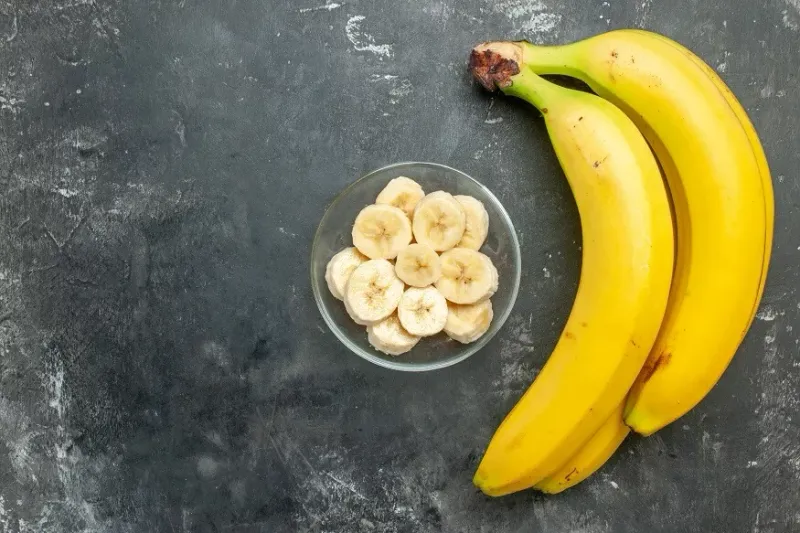
Athletes love bananas because they provide quick energy and essential potassium for muscle function. This yellow fruit comes in its own natural wrapper, making it incredibly convenient for busy lifestyles. Bananas help regulate blood pressure and support heart health while satisfying sweet cravings naturally. They’re also gentle on the stomach, making them ideal when you’re feeling under the weather or need easy-to-digest nutrition.
Oranges – Vitamin C Superstars
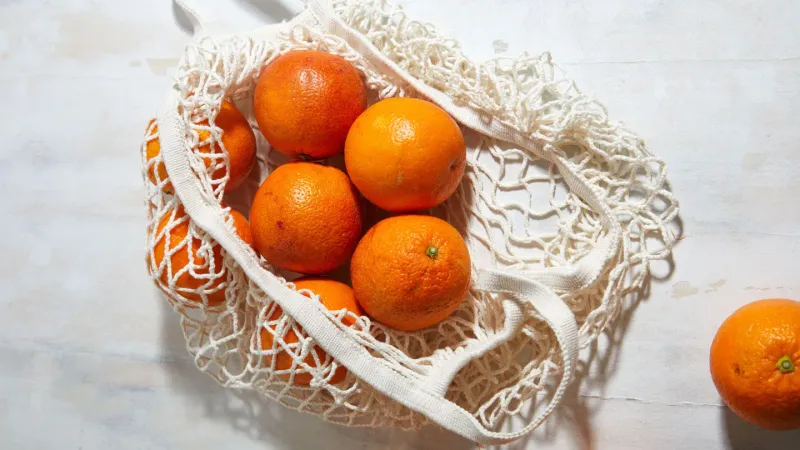
One medium orange provides more than your daily vitamin C needs, boosting your immune system and helping wounds heal faster. The bright citrus flavor wakes up your taste buds and provides natural hydration. Eating whole oranges gives you beneficial fiber that orange juice lacks, plus the satisfaction of a filling snack. The white pith under the peel contains extra nutrients, so don’t peel too deeply when preparing your orange.
Strawberries – Sweet Vitamin Bombs
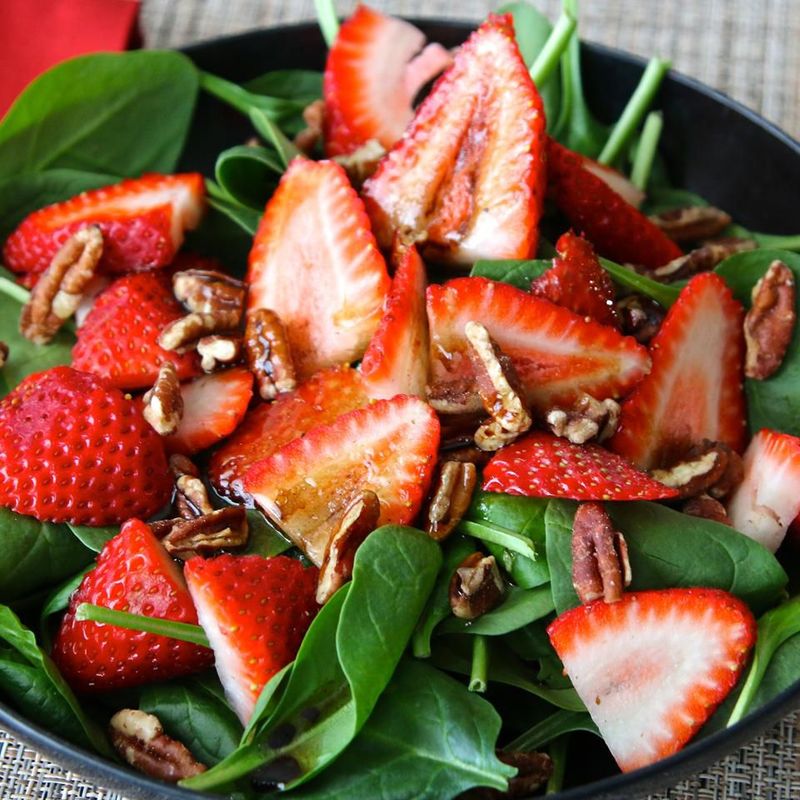
Surprisingly, strawberries contain more vitamin C per serving than oranges, plus they’re loaded with folate and manganese. These heart-shaped berries naturally satisfy sugar cravings while providing important nutrients your body needs. Fresh strawberries make any meal feel special, whether added to breakfast cereal or enjoyed as dessert. Choose organic when possible since strawberries can absorb pesticides, and always wash them gently before eating.
Kiwi – The Fuzzy Nutritional Gem
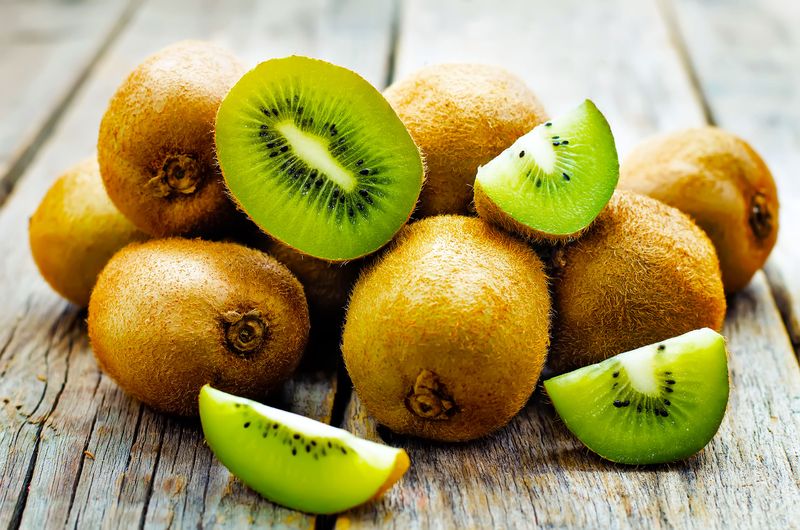
Don’t let the fuzzy brown exterior fool you – kiwi fruit packs more vitamin C than oranges and provides excellent digestive support. The bright green flesh offers a unique sweet-tart flavor that adds excitement to fruit salads. Kiwis contain enzymes that help break down proteins, making them great after-dinner treats. You can actually eat the skin after washing, which doubles the fiber content and saves preparation time.
Watermelon – The Hydrating Hero
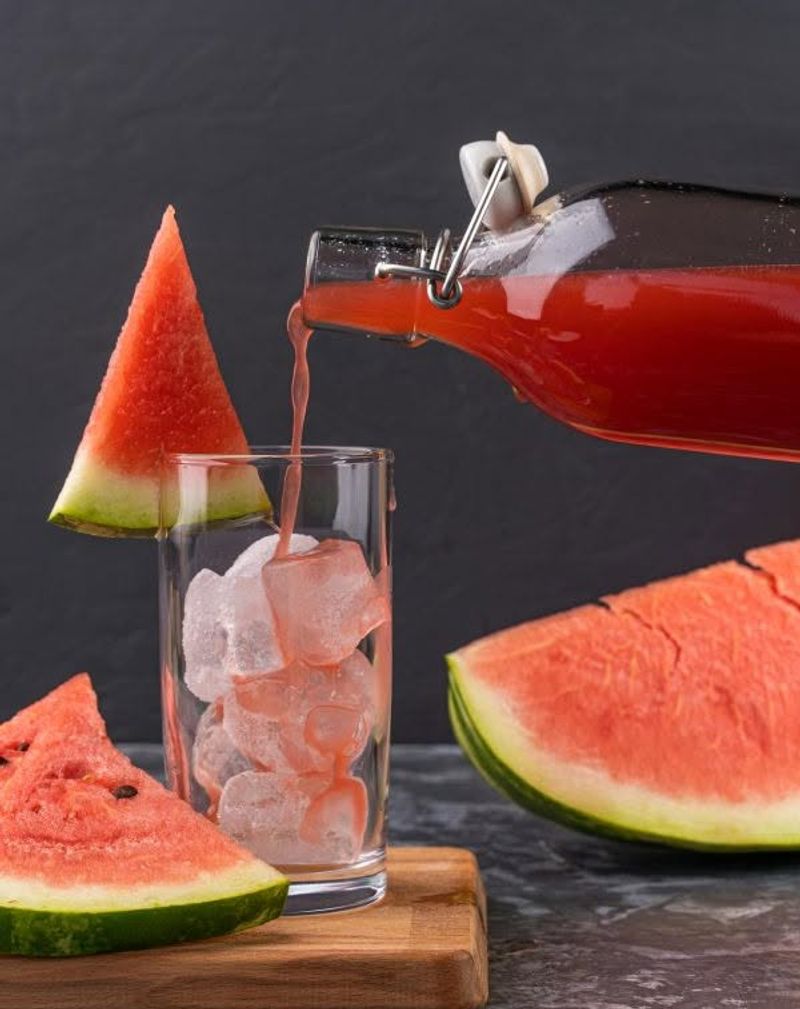
Made up of 92% water, watermelon keeps you hydrated while delivering vitamins A and C in every juicy bite. This summer favorite contains lycopene, the same heart-healthy compound found in tomatoes. Low in calories but high in satisfaction, watermelon makes an excellent snack for weight management. The seeds are actually edible and nutritious, though seedless varieties offer convenience for quick snacking and meal preparation.
Pineapple – The Tropical Enzyme Factory
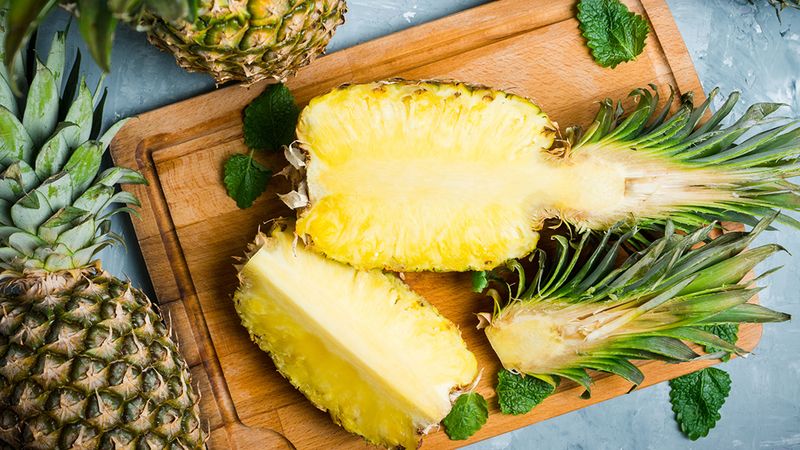
Pineapple contains bromelain, a special enzyme that helps digest proteins and may reduce inflammation in your body. This tropical treat provides vitamin C and manganese while satisfying cravings for something sweet and tangy. Fresh pineapple tastes far superior to canned versions and contains more active enzymes. The core is edible and extra nutritious, though tougher to chew, so consider blending it into smoothies rather than discarding this valuable part.
Grapes – The Antioxidant Clusters
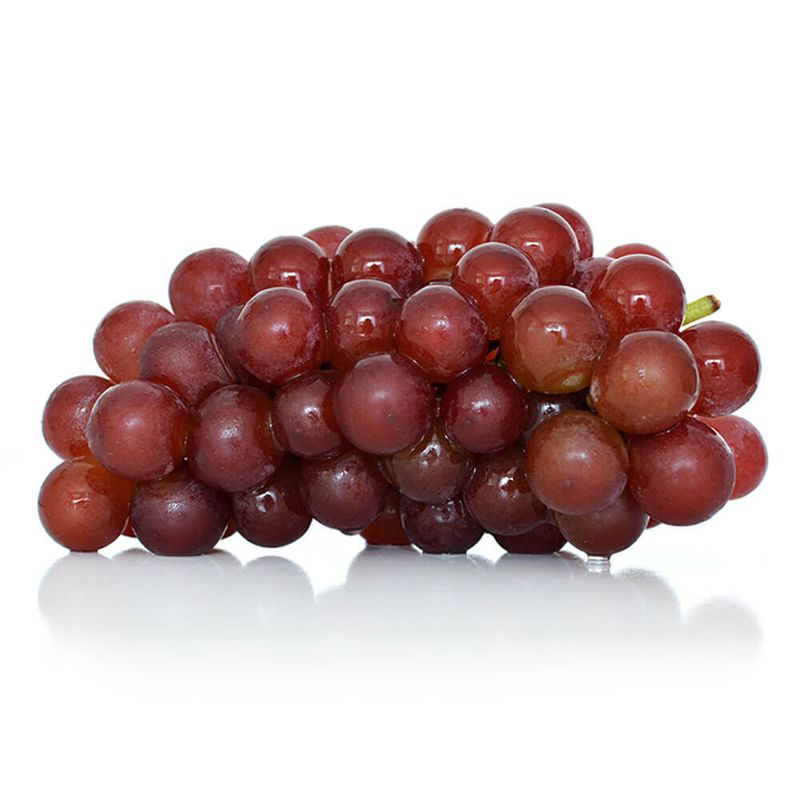
Red and purple grapes contain resveratrol, a powerful antioxidant that supports heart health and may help protect against certain diseases. These bite-sized fruits make perfect portable snacks for all ages. Grapes provide natural sugars for quick energy plus potassium for muscle function. Freezing grapes creates a refreshing treat that feels like eating natural popsicles, making them especially appealing during hot weather or as healthy dessert alternatives.
Cantaloupe – The Beta-Carotene Treasure
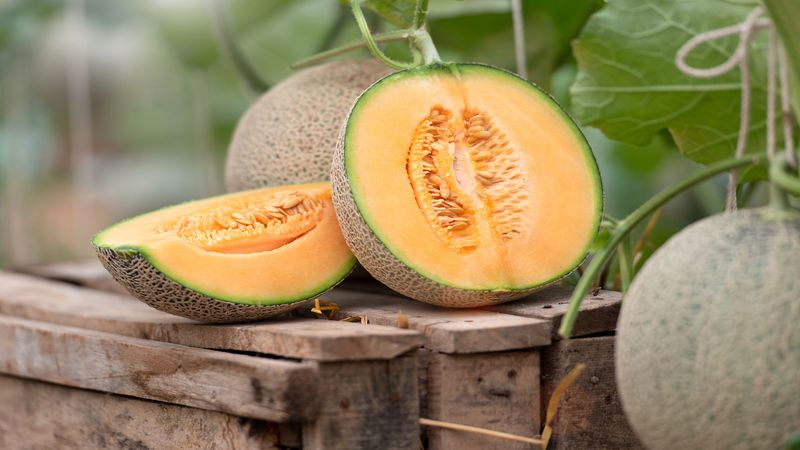
This orange melon provides impressive amounts of beta-carotene, which your body converts to vitamin A for healthy eyes and skin. Cantaloupe’s high water content helps maintain hydration while delivering essential nutrients. Sweet and refreshing, cantaloupe pairs well with other fruits or stands alone as a satisfying snack. Choose melons that smell sweet at the stem end and yield slightly to pressure, indicating perfect ripeness and maximum flavor development.
Cherries – The Tart Temptation to Limit
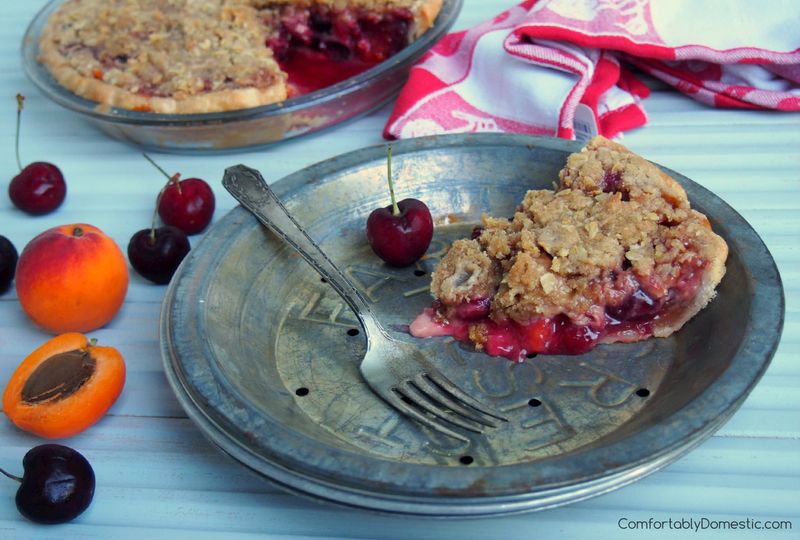
While cherries offer antioxidants and taste amazing, they’re surprisingly high in natural sugars and calories compared to other fruits. A cup of sweet cherries contains about 25 grams of sugar, making portion control important. Tart cherries provide more benefits than sweet varieties, but both should be enjoyed in moderation. Fresh cherries make a better choice than dried versions, which concentrate the sugars and often contain added sweeteners that increase calorie content significantly.
Mangoes – The Tropical Sugar Bomb
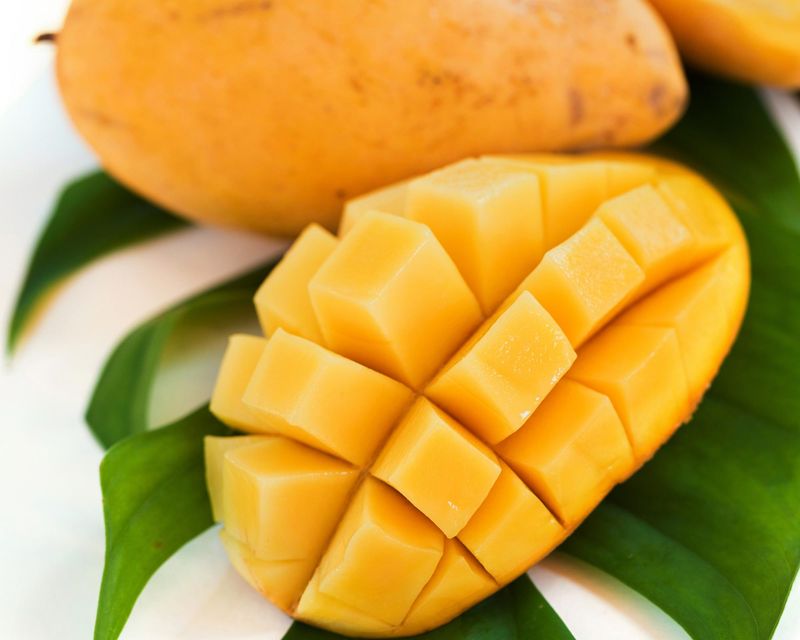
Mangoes deliver incredible flavor and vitamin C, but one medium mango contains about 45 grams of sugar and 200 calories. While the nutrients are valuable, the high sugar content means smaller portions work best. Fresh mango beats dried versions, which concentrate sugars even more intensely. Enjoy mango as an occasional treat rather than a daily staple, and consider mixing small amounts with lower-sugar fruits to create balanced, flavorful combinations that satisfy cravings responsibly.
Figs – The Fiber-Rich Sugar Concentrate
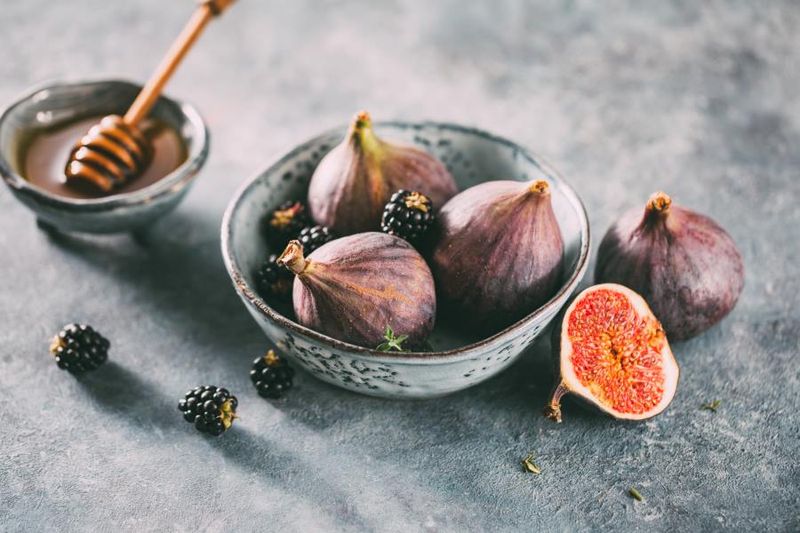
Fresh figs provide excellent fiber and potassium, but they’re also packed with natural sugars that add up quickly. Two medium figs contain about 16 grams of sugar, making them more like natural candy. Dried figs concentrate the sugars even further and often contain added preservatives. When you do enjoy figs, eat them fresh and limit portions to avoid blood sugar spikes while still benefiting from their unique nutritional profile and satisfying sweetness.
Dates – The Natural Candy Alternative
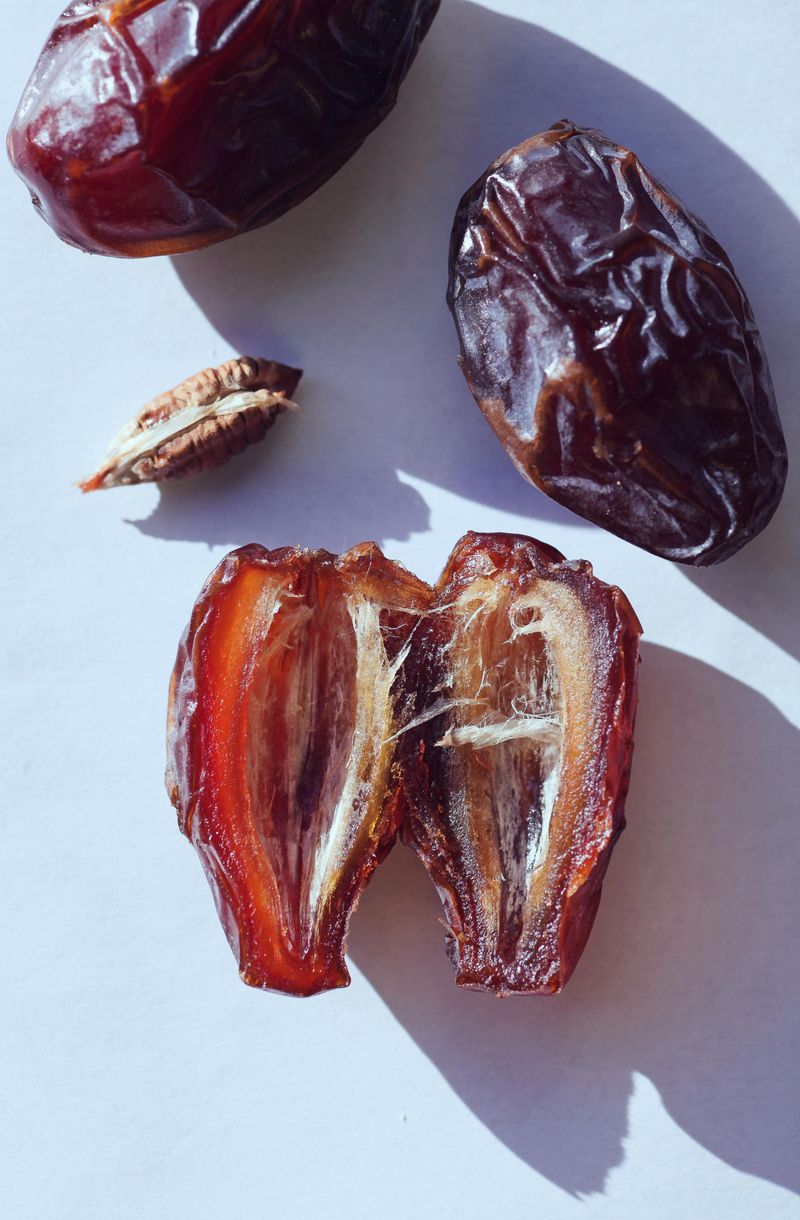
Dates provide minerals like potassium and copper, but they’re extremely high in concentrated sugars and calories. Just two Medjool dates contain about 32 grams of sugar and 130 calories. While dates make better dessert choices than processed sweets, they should be treated as occasional treats rather than regular snacks. Their intense sweetness can satisfy sugar cravings with smaller amounts, making them useful for transitioning away from artificial sweeteners and processed desserts.
Coconut – The Saturated Fat Surprise
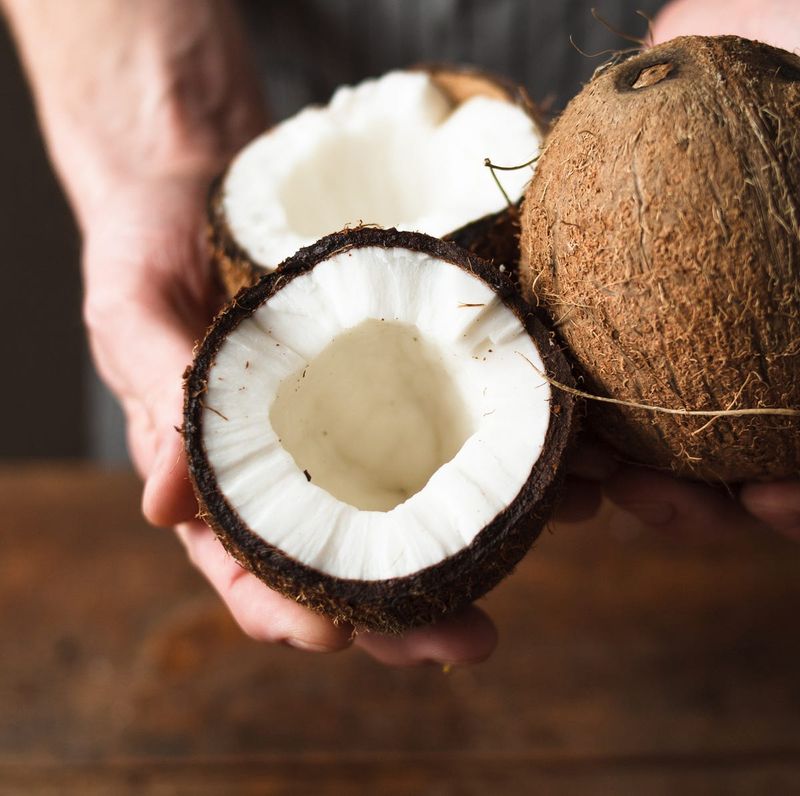
Fresh coconut meat tastes amazing and provides fiber, but it’s surprisingly high in saturated fat and calories. One cup of shredded coconut contains about 283 calories and 27 grams of fat. While coconut oil has gained popularity, the whole fruit should be enjoyed sparingly due to its calorie density. Use small amounts to add tropical flavor to dishes rather than eating large portions, and choose fresh coconut over processed versions when possible.
Leave a comment